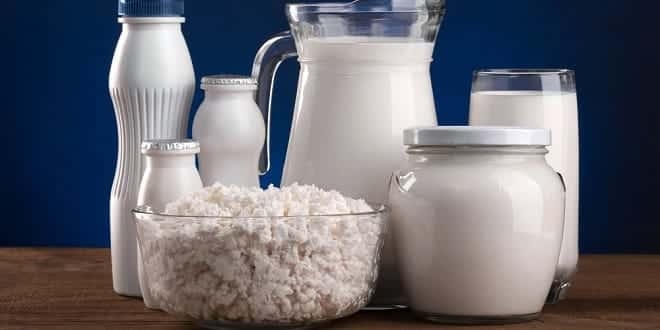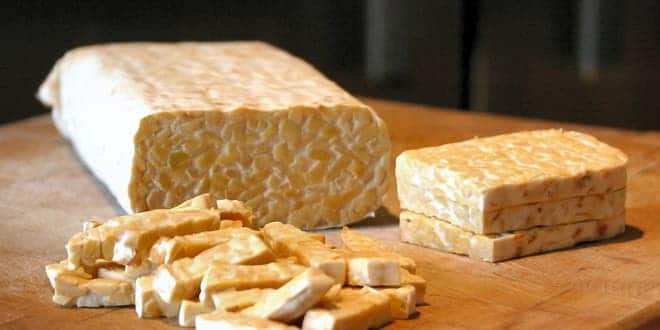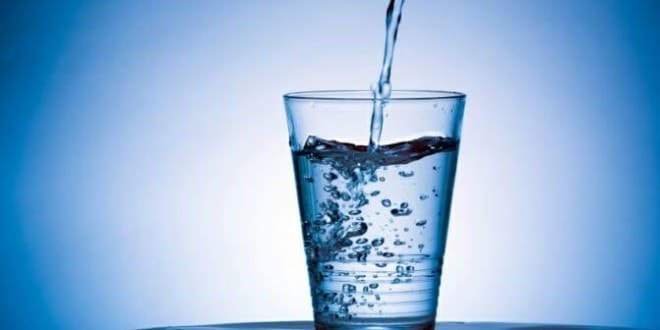Fermentasyon Teknolojisi
-

Fermentation Lab Sheets > Kefir Production
PURPOSE: To determine the effect of inoculation rate and fermentation time on the kefir production. MATERIALS: 1. 1 L glass jar with cover 2. Plastic sieve 3. 1 L sterilized milk …
-

Fermentation Lab Sheets > Lab Safety Guide
FE 471 FOOD FERMENTATION TECHNOLOGY LAB. Lab Safety Guide 1. Safety is a prime consideration. The student is expected to pay attention and be especially careful when working with any chemicals or equipment at all times in the laboratory. No horseplay or disorderliness will be tolerated in the laboratory. 2. Safety goggles, gloves will be used whenever working with acids, bases or other potentially dangerous chemicals, instruments or equipment. Lab coats will be worn at all times in the laboratory. 3. Before using instruments such as the pH meters, DO meters, spectrophotometers and…
-

Fermentation Lab Sheets > Production of Yeast ( FE 411 )
PURPOSE To produce yeast in a stirred batch fermentor, obtain wet and dry yeast. THEORY Producing microorganisms in fermentor is a biotechnological practice. Microorganisms or their products can be obtained to use in field of medical, food etc. Adjusting working conditions like temperature, air volume (O2), pH, stirring speed of the fermentor, a desirable growth of microorganism and production of a metabolite in any scale can be obtained. Yield of fermentor, microorganism and metabolite can be calculated due to stoichiometric equations can be calculated. Saccaharomyces cerevisiae is an important microorganism…
-

Fermentation Lab Sheets > Tempeh
FE 471 FOOD FERMENTATION TECHNOLOGY LAB. Tempeh is a fermented food, most popular in Indonesia, made by the controlled fermentation of cooked soybeans with a Rhizopus mold (tempeh starter). The tempeh fermentation by the Rhizopus mold binds the soybeans into a compact white cake. During the tempeh fermentation ideal conditions are created for the Rhizopus mold: rather dry substrate, low pH and high amounts of Rhizopus spores. The low pH of the soybeans is obtained by a natural lactic acid fermentation in the soaking water or by an artificial addition…
-

Fermentation Lab Sheets > Top and Bottom Fermentation Beer
MATERIAL AND METHOD: Bottom Fermentation: Bottom Type Yeast (Saccharomyces carlsbergensis) Initial Starting Temperature (4-12 C) for 6-14 days Resting at 0-2 C for 1-6 days Final alcohol Content:3-5% or 13% max. – Broth composition: 5% sugar + 5% flour in 250 ml sol’n – 3% S.carlsbergensis is inoculated into broth (batch fermenter) – Incubation at 10 C for 1 week – Observations: Layer of formation of culture at bottom of fermenter PH Titratable acidity Alcohol content Top Fermentation: Top fermentation Type Yeast (Saccharomyces cerevisiae) Temperature (15-25 C) for 3-6 days…
-

Fermentation Lab Sheets > Vinegar ( FE 411 )
PURPOSE To practice slow and fast process of vinegar, to measure some parameters of the vinegar. THEORY Vinegar is a fermented solution that contains acetic acid. Vinegars contain some other acids like citric acid, tartaric acid besides acetic acid. Vinegar products don’t have a time limitation for shelf-life due to it’s stability. Vinegar is basically used as a flavor. Because of it’s acetic acid content (4-6 %), it preserves the foods. Also, it is a color stabilizer and cleaning agent. …
-

Fermentation Lab Sheets > Water Treatment
FE 471 FOOD FERMENTATION TECHNOLOGY LAB. WATER TREATMENT PH-CONDUCTIVITY-TURBIDITY








